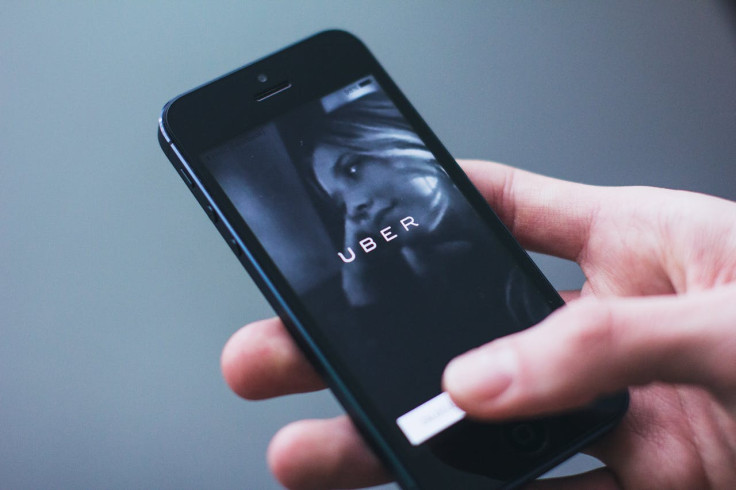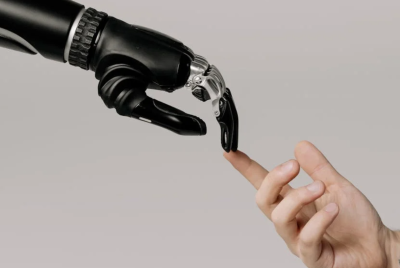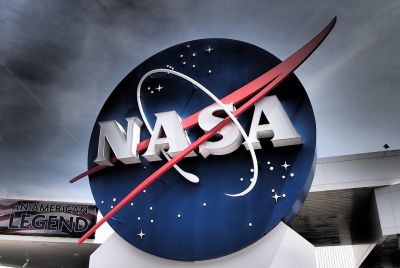Uber's Robotaxis Are 99% Busier Than Human Drivers, and Will Take Over Major City Centres Within 10 Years
Uber maintains that human drivers will remain important

The future of urban transportation is rapidly shifting into autonomous gear, and a recent report paints a compelling picture.
Uber's robotaxi fleet reportedly operates at a staggering 99% higher utilisation rate than human-driven vehicles, suggesting a seismic shift on the horizon.
Right now, Uber drivers are already sharing streets with robot competitors, and this situation might completely transform their jobs down the line.
According to Andrew MacDonald, the senior vice-president in charge of Uber's self-driving car efforts, human drivers will continue to be vital for their ride-hailing services.
Robotaxis vs Human Drivers
The top executive noted that these drivers will soon encounter significant competition from autonomous taxis in urban cores. 'I am almost certain that there will be more Uber drivers in 10 years, not less, because I think the world will move from individual car ownership to mobility as a service,' said MacDonald, speaking at The Financial Times' Future of the Car conference.
'You'll continue to see that pie grow. But it will look different. You'll have urban cores where a large percentage of trips are serviced by autonomous vehicles. And to some, that will feel like very abrupt change,' he added.
Uber's Bold Bet On Robotaxis
Over the last year, Uber has formed several partnerships with self-driving taxi firms to feature their autonomous vehicles on its platform. Presently, the ride-hailing company enables users in Austin and Phoenix to book rides with Waymo's cars, and Atlanta is scheduled to join this list in 2025.
Last week, during Uber's earnings call, CEO Dara Khosrowshahi celebrated the Austin rollout as a significant achievement. He informed analysts that the Waymo self-driving taxis in Austin were experiencing higher demand than '99%' of their human-operated vehicles.
Uber's determined advancement into self-driving technology—evidenced by its agreements with Volkswagen, Wayve, and Chinese companies WeRide and Pony.AI—comes as its drivers voice increasing worries regarding the effect of autonomous taxis on their jobs.
Drivers Face Autonomous Competition
Previously, Uber drivers in Phoenix told Business Insider that Waymo's competition is already negatively affecting their income. Some drivers mentioned their plan to avoid shorter trips within the city centre and instead focus on more lucrative airport rides.
MacDonald mentioned that he didn't think the rise of the robotaxi business was affecting how much drivers earn or the work they get just yet. However, he added that he expects drivers to start to feel the impact soon in cities where robotaxis is becoming common, like Austin, LA, and parts of China.
Can Human And Robot Drivers Coexist?
MacDonald explained that Uber aimed for a 'hybrid marketplace' where human and robot drivers would handle various trips. 'You can get an autonomous vehicle on the Uber platform in Austin today; we're available in 37 square miles,' he said.
'If you're outside that area, you can get a human driver. If you're going from inside that area to outside, you can get a human driver. If you're going to the airport or on highways right now, it takes a human driver. There's a lot of value to having that hybrid,' he noted.
McDonald's noted that some of these journeys would 'move more autonomous over time' but that this change would also lead to 'other opportunities' for Uber drivers.
While autonomous vehicles mainly operate in city centres and urban zones, Waymo is awaiting the green light to provide airport drop-offs and pick-ups in several cities. The company has also revealed that it conducts tests with its robotaxis on freeways.
Human Drivers Still Needed
Even with these advancements, Uber executives believe there will be some situations that only human drivers can manage, such as severe weather events like blizzards or hailstorms. 'Even if an autonomous vehicle can handle 99% of weather cases, there's 1% of cases where maybe those cars need to pull over,' he said.
'When you're running a fleet of 400 vehicles in a city, and all of them have to pull over at once, what happens to your ride-hailing service? For us, we send a bunch of humans to pick you up,' he summed up.
© Copyright IBTimes 2025. All rights reserved.






















